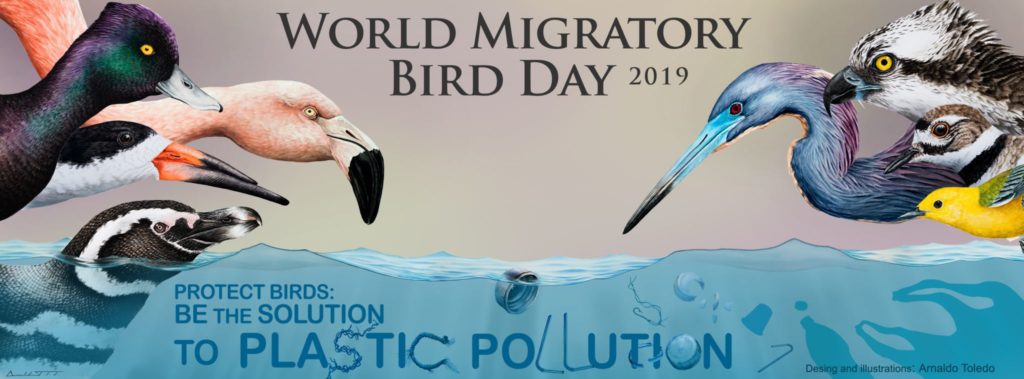
Sustainability is a bit of buzzword lately—for good reason—but knowing how to be more sustainable and actually putting sustainable practices in action are not the same thing. This may be one reason why scientists have been slow to adopt change in their laboratories. By sponsoring My Green Lab, we’re hoping to help spread the message that there are simple changes researchers can make in their labs to significantly impact sustainability.
Here are some easy ways to reduce energy, water and waste in your lab and start making your research more sustainable.
1. Energy

Compared to office buildings on campus, academic lab buildings consume 5 times more energy. To put that into perspective, labs typically consume 50% of the energy on a university campus despite occupying less than 30% of the space. Fortunately, reducing energy usage can be one of the easiest ways to make your lab more sustainable.
Continue reading “Lab Sustainability: Easy as 1-2-3”


